Protect Your Home from Silent Destroyers: Top Tips to Keep Termites at Bay!
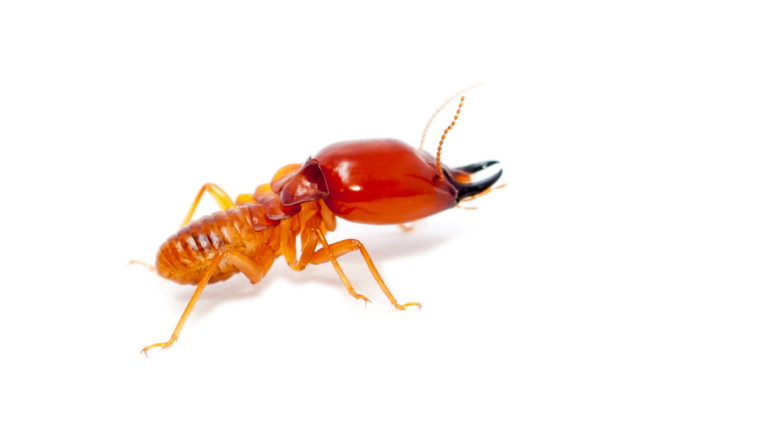
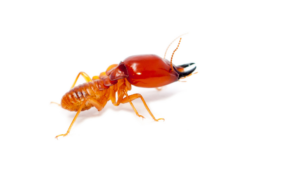
Have you ever heard of the phrase "silent destroyer"? It sounds like the title of a horror movie, doesn't it? Unfortunately, it's a real-life threat that could be lurking in your home right now, silently eating away at the very structure that keeps you safe and comfortable. I'm talking about termites, those tiny, wood-loving insects that can cause extensive damage if left unchecked. So if you're a homeowner, it's crucial to take steps to protect your home from these tiny terrors. In this blog post, we'll share some top tips to keep termites at bay and prevent them from wreaking havoc on your home.
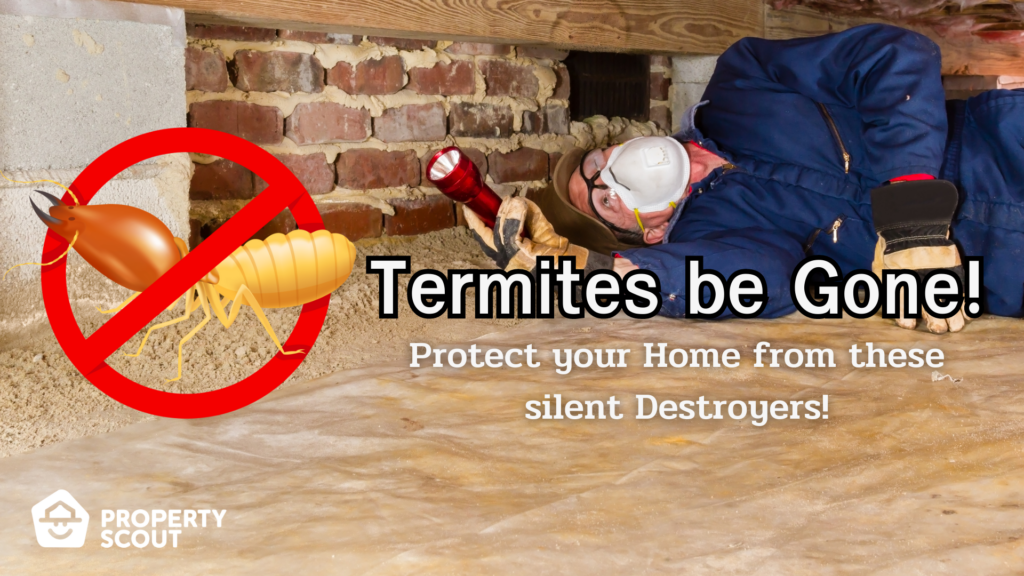
Identifying signs of a Termite Infestation
Termites are notoriously sneaky creatures that can go undetected for months or even years, silently causing damage to your home. That's why it's important to know the signs of a termite infestation, so you can take action before it's too late. In this section, we'll walk you through some common methods of termite infestation signs that you can look out for, from visual cues to sounds to professional inspections. By learning how to identify the signs of a termite infestation, you can catch the problem early and save yourself a lot of time, money, and stress in the long run.
Visual clues of termite presence
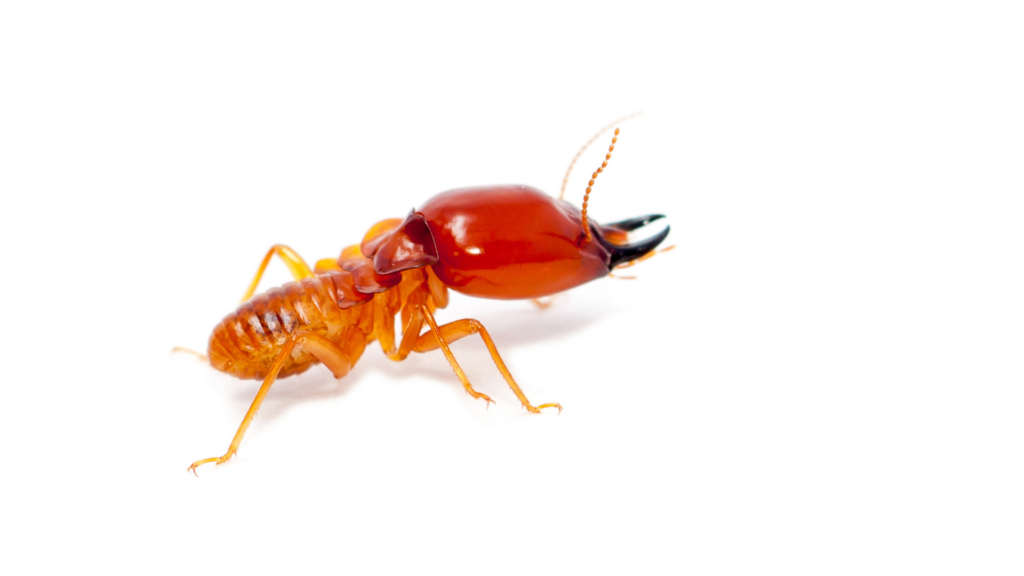
One of the most common ways to detect a termite infestation is by spotting visible signs of their presence. Look for mud tubes, which are narrow, pencil-sized tubes made of mud that termites use to travel from their underground colonies to the wood they're feeding on. You might also notice tiny holes in wood surfaces, as well as wood that appears to be hollowed out or has a honeycomb-like appearance. Additionally, termites can leave behind small piles of droppings that resemble sawdust or coffee grounds, known as frass. If you notice any of these visual cues, it's possible that you have a termite infestation and should take action immediately.
Termite Sounds

Termites may be small, but they can make some noise that can be heard if you listen carefully. One way to detect a termite infestation is by listening for the sounds they make. Soldier termites can bang their heads against wood or shake their bodies to signal danger to the rest of the colony. When a large group of termites is disturbed, you might hear a rustling or rattling sound coming from the wood they're infesting. You might also hear a tapping or clicking sound coming from the walls, which is caused by worker termites chewing on wood. While termite sounds might not be noticeable in every case, it's worth taking the time to listen carefully to detect any unusual noises that could indicate an infestation.
Seek professional termite inspection
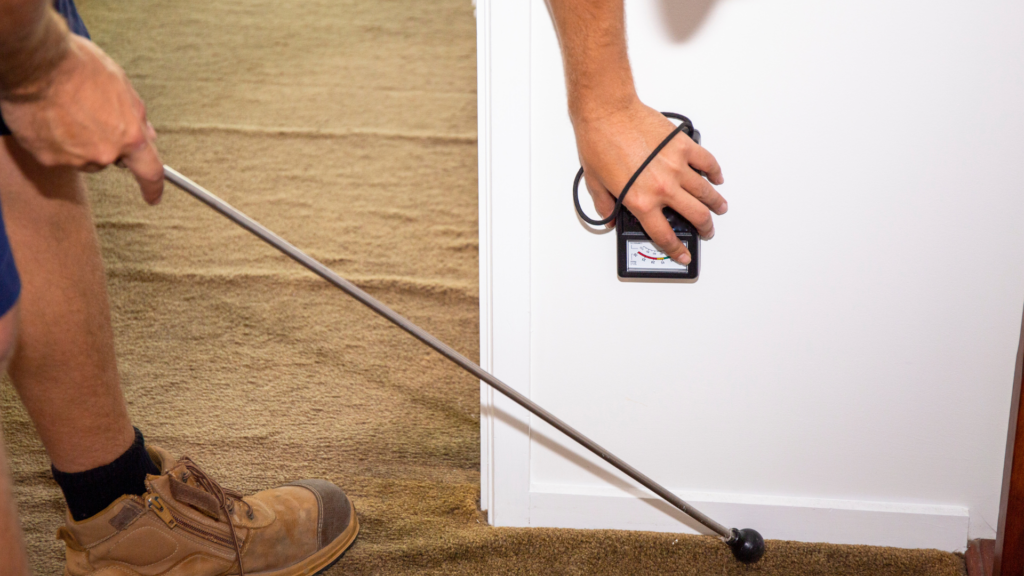
If you suspect that you have a termite infestation, it's essential to seek professional termite inspection. A licensed pest control professional will have the expertise and equipment needed to thoroughly inspect your home for termites and determine the extent of the infestation. They'll be able to identify the species of termites and recommend an appropriate treatment plan to eliminate them. During the inspection, the professional will examine the interior and exterior of your home, including the foundation, basement, attic, and crawl space. They may also use specialized tools such as moisture meters, borescopes, and infrared cameras to detect signs of termites that might not be visible to the naked eye. Professional termite inspections can give you peace of mind knowing that your home is free of these destructive pests or help you take action to eliminate them before they cause significant damage.
Moisture Elimination
Did you know that moisture is one of the most significant factors that attract termites to a home? Termites need moisture to survive and thrive, and they're attracted to damp, humid environments. That's why moisture elimination is a crucial step in preventing a termite infestation. In this section, we'll explore different methods of moisture control that you can use to keep your home dry and unappealing to termites. By reducing the moisture levels in your home, you'll not only prevent termites but also improve the overall health and comfort of your living space.
Fix leaky pipes
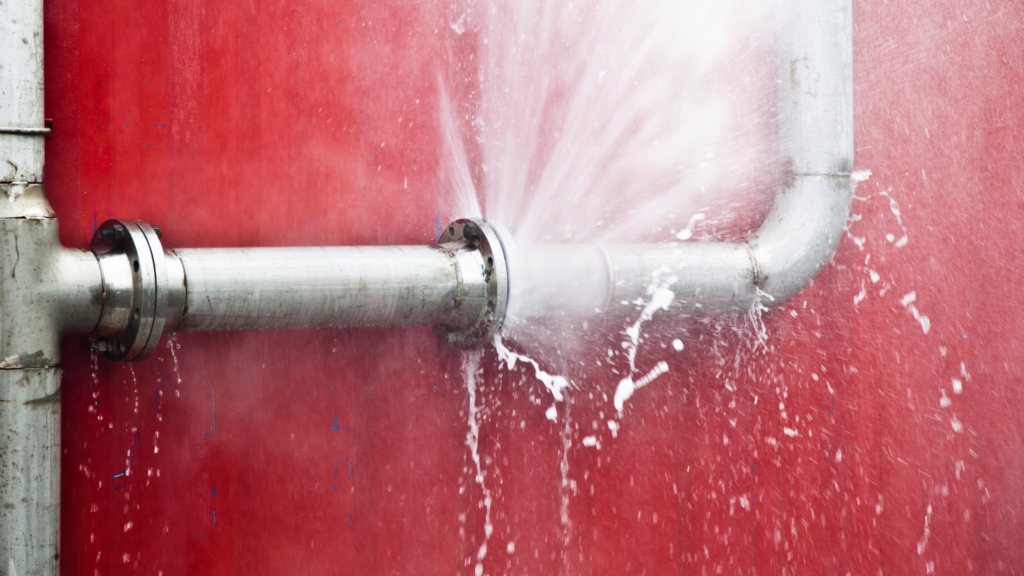
Leaky pipes and faucets can be a significant source of moisture in a home, creating damp environments that are attractive to termites. Fixing any leaky pipes or faucets is an essential step in moisture control and can help prevent a termite infestation. Check for any visible leaks in your plumbing system, including under sinks, around toilets, and in the basement or crawl space. Don't forget to check your outdoor faucets and sprinkler systems as well. If you find any leaks, repair them promptly to eliminate any excess moisture in your home. In addition to preventing termites, fixing leaky pipes can also save you money on your water bill and prevent costly water damage to your home.
Install Proper Ventilation

Proper ventilation is essential in controlling the moisture levels in your home and preventing a termite infestation. Without adequate ventilation, the air in your home can become stagnant, creating a damp environment that is ideal for termites. Installing proper ventilation in your home can help to circulate the air and reduce moisture levels, making it less appealing to termites. One effective way to improve ventilation is by installing vents in the attic and crawl space. These vents allow air to flow through your home, helping to reduce humidity levels and prevent moisture buildup. You might also consider installing a dehumidifier to remove excess moisture from the air. Proper ventilation not only helps prevent termite infestations but also improves indoor air quality and reduces the risk of mold growth, making it a valuable investment for your home.
Use Dehumidifiers
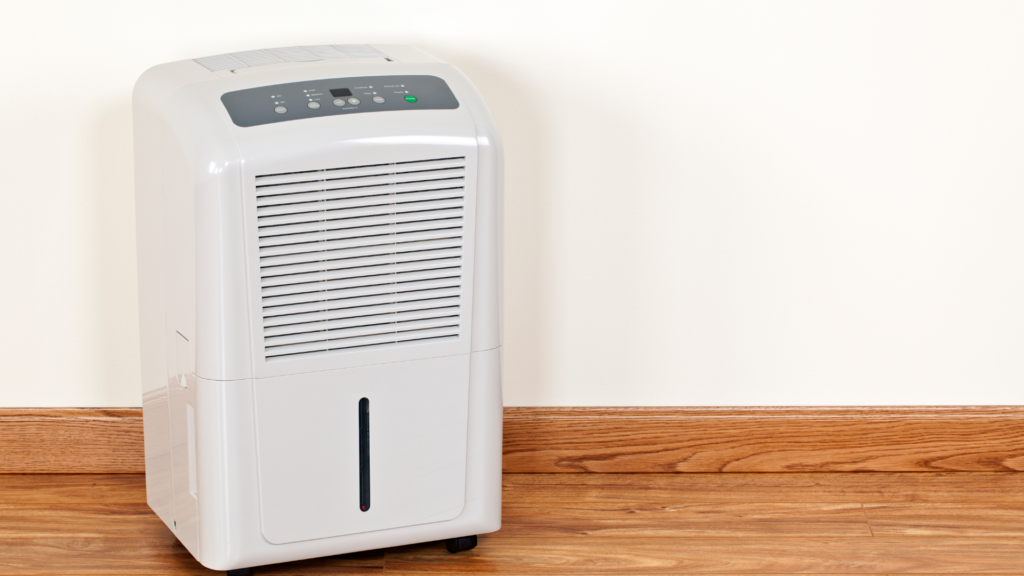
Dehumidifiers are a valuable tool in controlling the moisture levels in your home and preventing a termite infestation. These devices work by removing excess moisture from the air, making it less appealing to termites. Dehumidifiers are especially useful in damp areas of your home, such as the basement or crawl space. By reducing the humidity levels in these areas, you can create an environment that is less attractive to termites and reduce the risk of a termite infestation. When choosing a dehumidifier, make sure to select one that is appropriately sized for your home and has the capacity to remove enough moisture from the air. Additionally, be sure to regularly clean and maintain your dehumidifier to ensure that it's functioning correctly. By using dehumidifiers as part of your moisture control strategy, you can significantly reduce the risk of a termite infestation in your home.
Prevent Water Accumulation around the Foundation

Water accumulation around the foundation of your home can create a moist environment that is attractive to termites. When the soil around your foundation is constantly wet, it can weaken the foundation and create entry points for termites. To prevent water accumulation around the foundation, make sure your gutters and downspouts are in good condition and direct water away from your home. Regularly clean your gutters to prevent them from becoming clogged and ensure that your downspouts extend at least three feet away from your home's foundation. You might also consider grading the soil around your home to slope away from the foundation, which helps to direct water away from the base of your home. Additionally, consider using a French drain or other drainage solutions to manage water accumulation around your home's foundation. By preventing water accumulation, you can significantly reduce the risk of a termite infestation in your home.
Wood and Debris Removal
One of the most effective ways to prevent a termite infestation is by removing their favorite food source: wood. Termites are attracted to wood and other cellulose-containing materials, such as paper and cardboard. By removing these materials from around your home, you can significantly reduce the risk of a termite infestation. Debris, such as fallen branches, leaves, and other organic matter, can also create a damp environment that is attractive to termites. In this section, we will discuss some tips and tricks for removing wood and debris around your home to prevent termites from making their way in.
Why are termites attracted to wood?
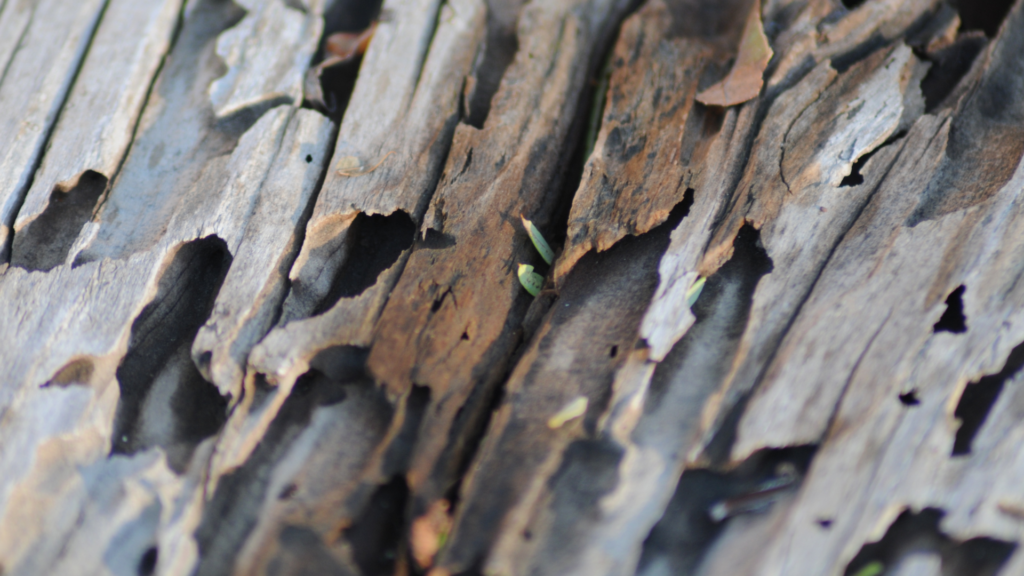
Termites are attracted to wood because it contains cellulose, a complex carbohydrate that is an essential component of their diet. Termites have a unique digestive system that allows them to break down cellulose and extract the nutrients they need to survive. They are particularly drawn to moist, decaying wood that is easy to digest. When termites detect wood, they release pheromones that attract other termites to the area. This is why a termite infestation can quickly become widespread if not detected and treated early. While termites are primarily attracted to wood, they can also feed on other cellulose-containing materials, such as paper, cardboard, and even some fabrics. By understanding why termites are attracted to wood, you can take steps to reduce their food sources and prevent them from infesting your home.
Store firewood away from the house
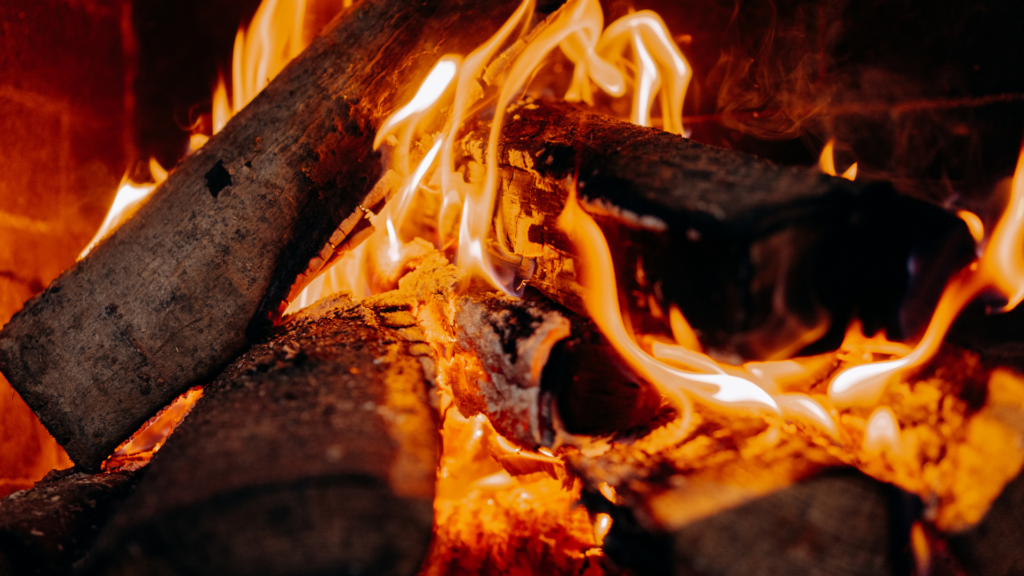
Firewood is a popular food source for termites, and storing it near your home can create a bridge for termites to make their way inside. When firewood is stored against your home, it can create a moist environment that is attractive to termites, making it easier for them to enter your home undetected. To prevent this, it's important to store firewood away from your home, preferably at least 20 feet away. This distance creates a barrier that termites are less likely to cross. Additionally, keep firewood elevated off the ground by using a firewood rack or other storage solution. This helps to keep the wood dry and less attractive to termites. By storing firewood away from your home, you can significantly reduce the risk of a termite infestation.
Proper yard waste disposal
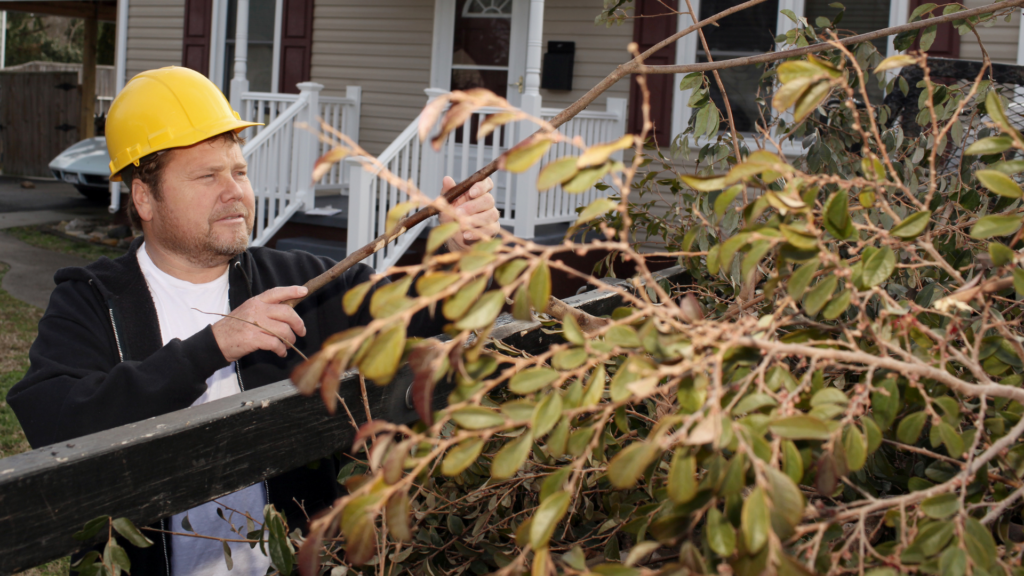
Proper yard waste disposal is an important step in preventing a termite infestation. Yard waste, such as fallen branches, leaves, and other organic matter, can create a damp environment that is attractive to termites. When yard waste is left to accumulate around your home, it can provide termites with an easy source of food and a potential entry point into your home. To prevent this, it's important to dispose of yard waste properly. This can be done by bagging leaves and other yard debris and placing them in the garbage, or by composting them in a designated composting area away from your home. Avoid piling yard waste directly against your home, and if you have a wood chipper, use it to create mulch that can be spread evenly around your yard. By properly disposing of yard waste, you can reduce the risk of a termite infestation and keep your home termite-free.
Remove old Tree Stumps
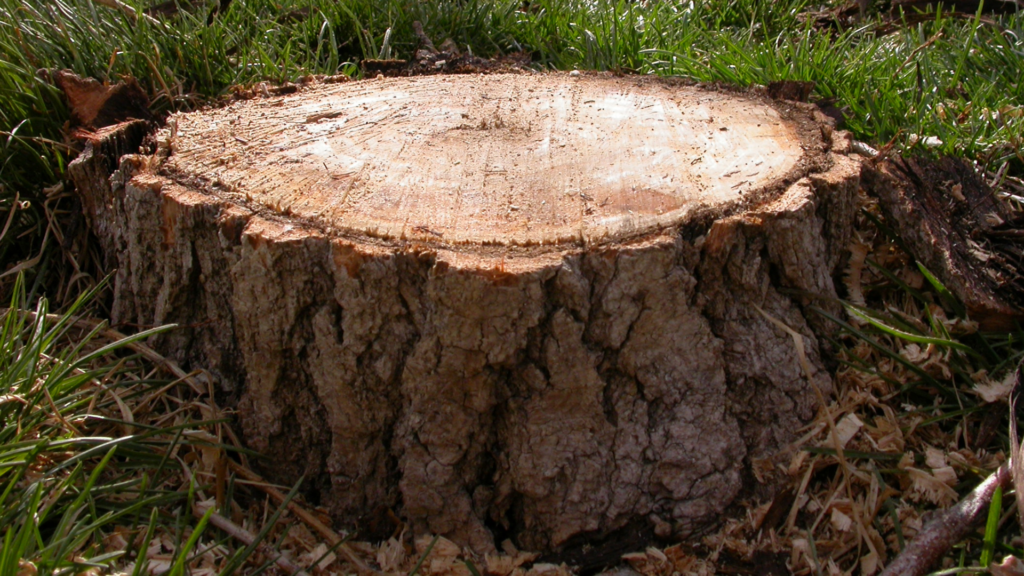
Old tree stumps are a common hiding place for termites, as they provide a source of food and moisture that can sustain a colony for years. When tree stumps are left in your yard, they can attract termites and provide a direct path for them to enter your home. To prevent this, it's important to remove old tree stumps from your property. This can be done by hiring a professional tree removal service or renting a stump grinder. Once the stump has been removed, the area should be treated with a termite prevention solution to discourage any remaining termites from returning. By removing old tree stumps, you can eliminate a potential breeding ground for termites and protect your home from an infestation.
Seal Cracks and Crevices
Sealing cracks and crevices in and around your home is an important step in preventing a termite infestation. Termites can easily enter your home through small openings in the foundation, walls, or roof. By sealing these openings, you can create a barrier that will prevent termites from gaining access to your home. In this section, we will provide you with tips and tricks for sealing cracks and crevices to help you protect your home from termites.
Caulking
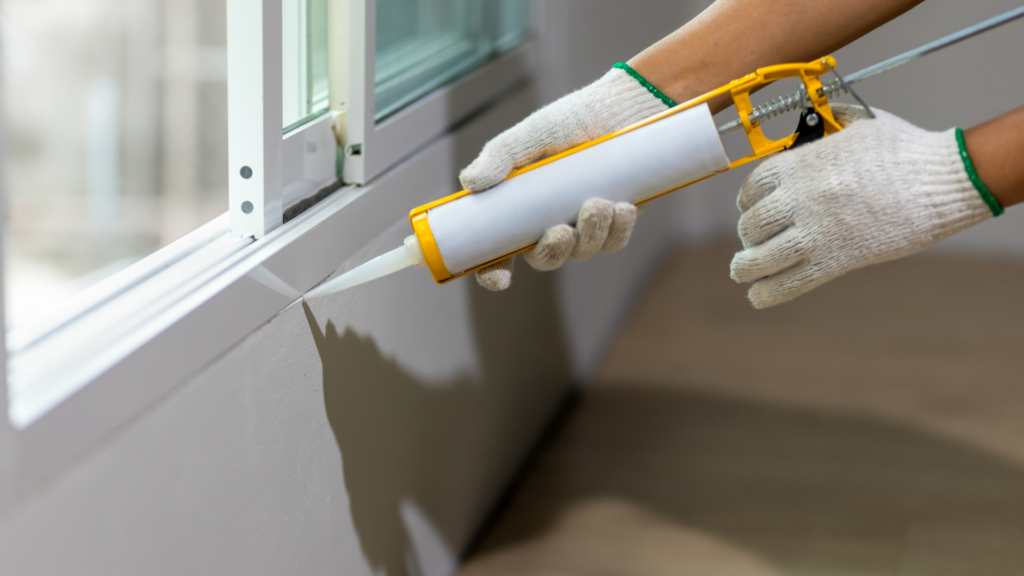
Caulking is an effective way to seal small openings and gaps in your home's foundation, walls, and roof. These small openings can provide termites with a way to enter your home, and once inside, they can cause significant damage. To prevent this, it's important to use caulk to seal any openings around windows, doors, pipes, and vents. You can also use caulk to seal cracks in your foundation and walls. This will not only help prevent termites from entering your home but will also help to reduce your energy costs by preventing drafts. When using caulk to seal openings, it's important to choose a high-quality, waterproof product that will last for many years. By using caulk to seal openings, you can protect your home from termites and other pests.
Use Termite-Resistant Materials
One effective way to prevent a termite infestation is by using termite-resistant materials when building or renovating your home. These materials are designed to be less attractive to termites and can help reduce the risk of an infestation. In this section, we will provide you with examples of termite-resistant materials that you can use in your home. By choosing these materials, you can protect your home from termites and minimize the risk of termite damage. Note that despite the use of these termite-resistant materials, termites may still find another way through some gaps and crevices. Make sure to also properly seal gaps and crevices.
Concrete

Concrete (often used in foundation walls, slabs, and footings) is a widely used building material that is resistant to termites. It is made by mixing cement, water, and aggregates such as sand, gravel, or crushed stone. Concrete is a dense and solid material that does not provide a suitable environment for termites to live and feed.
Moreover, concrete can be reinforced with steel bars or mesh, making it even more resistant to termite damage. It is often used in the foundation walls, slabs, and footings of a building, which are areas that are particularly vulnerable to termite attacks.
Using concrete in your home's construction can help prevent termite infestations and minimize the risk of termite damage.
Steel

Steel (often used in framing and other structural components of a building) is another termite-resistant building material commonly used in construction. Steel does not provide a food source for termites and is too hard for them to chew through, making it an excellent choice for structural elements such as beams, columns, and frames.
Steel is also resistant to moisture, which is another factor that can attract termites. It can be coated with anti-corrosion materials to prevent rust and deterioration over time. Moreover, steel does not produce any volatile organic compounds (VOCs) that can attract termites, making it an eco-friendly choice for construction.
Using steel in your home's construction can help prevent termite infestations and minimize the risk of termite damage.
Pressure-Treated Wood

Pressure-treated wood (often used in decks, fences, and other outdoor structures) is another termite-resistant building material commonly used in construction. It is made by infusing wood with chemicals that make it resistant to termites, decay, and rot. This treatment process involves placing the wood in a vacuum chamber and then forcing chemicals into the wood under high pressure.
The chemicals used in pressure treatment include copper, chromium, and arsenic, which are toxic to termites and other wood-boring insects. This makes pressure-treated wood an excellent choice for outdoor projects, such as decks, fences, and garden beds, where it may be exposed to moisture and potential termite infestations.
However, it is important to note that the use of pressure-treated wood has been associated with some health and environmental concerns due to the chemicals used in the treatment process. To minimize the risks, it is recommended to wear protective clothing when handling pressure-treated wood and to dispose of any scraps or waste materials properly.
Conclusion
Termites may be silent destroyers, but they are no match for the proactive homeowner who takes the necessary steps to protect their home. By identifying signs of infestation, eliminating moisture, removing wood and debris, sealing cracks and crevices, and using termite-resistant materials, you can prevent these pests from wreaking havoc on your property.
Remember, prevention is key when it comes to termites, and the cost of prevention is far lower than the cost of remediation. So take action now and protect your home from these destructive insects before it's too late.
With these top tips in mind, you can rest easy knowing that you've done everything in your power to keep termites at bay. Don't wait until it's too late to act – start protecting your home today!
Find your ideal property, available for sale or rent in the best prices possible, or list your property for sale or rent here. Alternatively, if you have any further questions, please get in touch with us:



